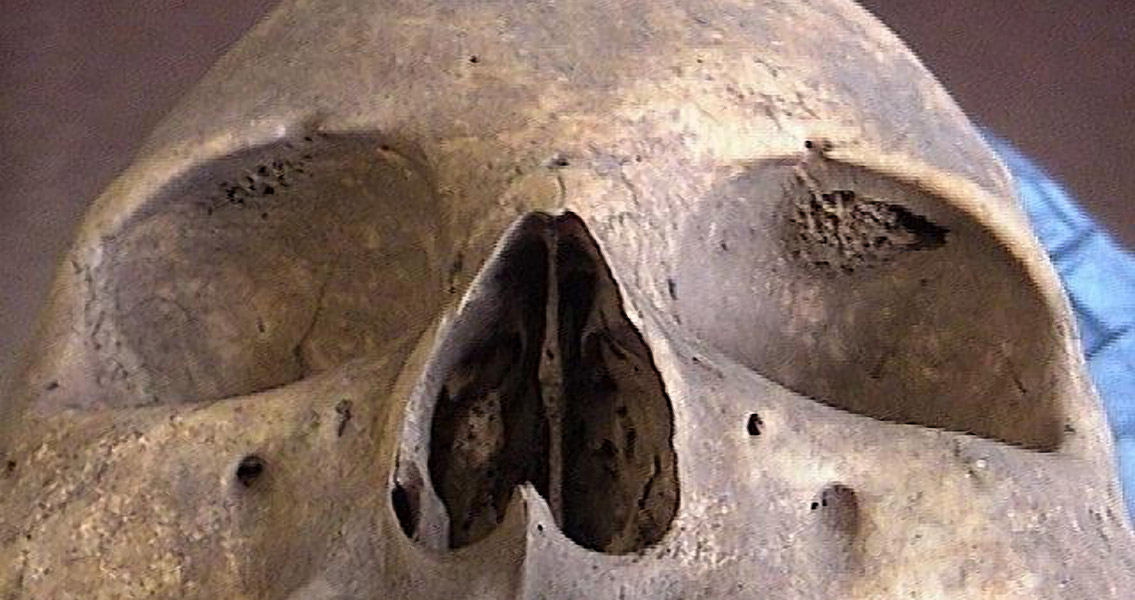<![CDATA[A skull condition known as cribra orbitalia (CO), long thought to have been lost to time, turns out to be still in existence today – and it’s not necessarily a rare condition either. A research study from the University of Witwatersrand and North Carolina State University has discovered that CO is in actuality relatively common, both in South Africa and in North America. A condition wherein the bone within the eye sockets grows porous, CO is relatively benign in that it doesn’t lead to any known negative health effects, however, its presence has been used in archaeology and anthropology to indicate a population might have suffered from a nutritional iron deficiency. In a press release from NC State, paper co-author Ann Ross, the director of the university’s Forensic Sciences Institute, remarked that there had been a large amount of debate over whether CO was present or not in modern populations. The researcher said that some experts had claimed the condition had disappeared completely, and it was that hypothesis the study tested. The research study’s methods included a look at prehistoric, historic and modern human remains from North Carolina, South Africa, and the Western Hemisphere Database. In total, the scientists examined nearly 850 skulls, split roughly evenly between modern, historic and prehistoric samples. Many of the historic samples were taken from skulls as recent as the early twentieth century. The researchers were roundly surprised by their findings. In fact, CO is indeed a widespread condition judging by their modern sample size. Additionally, the condition turned out to be rather common in the young, with 40 percent of juvenile North American skulls showing signs of CO. 25 percent of juvenile South African skulls likewise had CO. Ross said the team had expected to see at least some CO, but not to the extent they did. She attributed the high rates to the source of the samples; the fact that they were taken from forensics cases which can often be related to neglect or homicide, could have resulted in a non-representative level of CO in the health of the children. Nevertheless, total figures for CO in modern humans were 12.35 percent in North America and 16.8 percent in South Africa, inclusive of all age groups. These rates are actually higher than they are recorded to have been historically. The historic South African skulls included in the study only showed evidence of CO in 2.23 percent of the samples. Likewise, only 6.25% of historic North American skulls bore the same telltale signs. Even those North American skulls from the prehistorical period only had an 11.86 percent of CO, which was lower than the modern rate. Ross feels that the higher rates in modern skulls could be down to an iron-poor diet or the prevalence of intestinal parasites in some populations. Disadvantaged socioeconomic groups both in the United States and abroad are still finding difficulties in gaining access to the necessary nutrition to prevent the condition, she added. The new research paper, which was published in the journal Clinical Anatomy, can be found online here Image courtesy of Ann Ross]]>
Skull Condition Thought Lost to Time Re-Emerges
